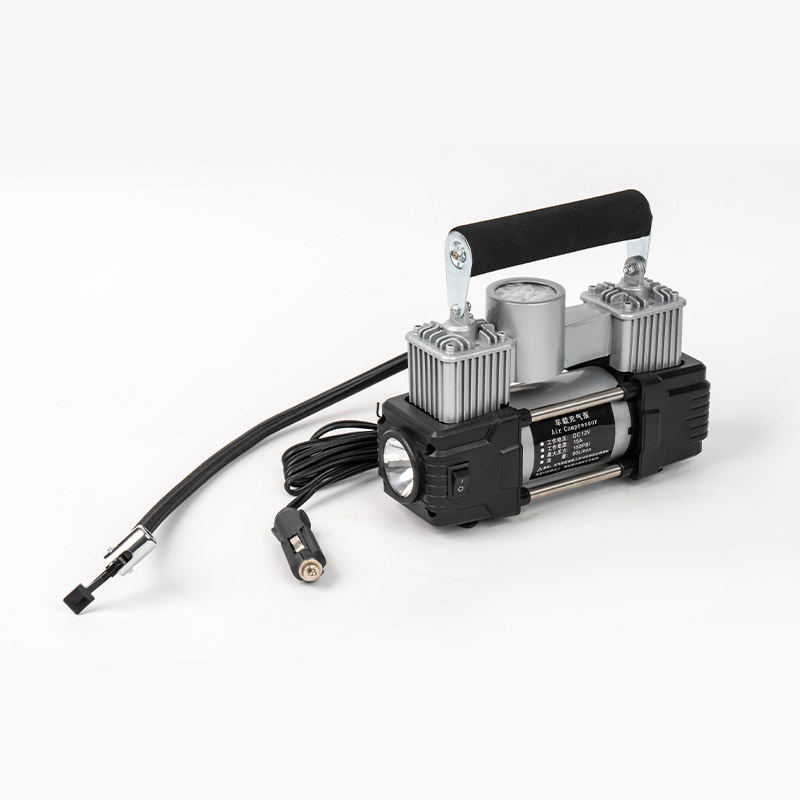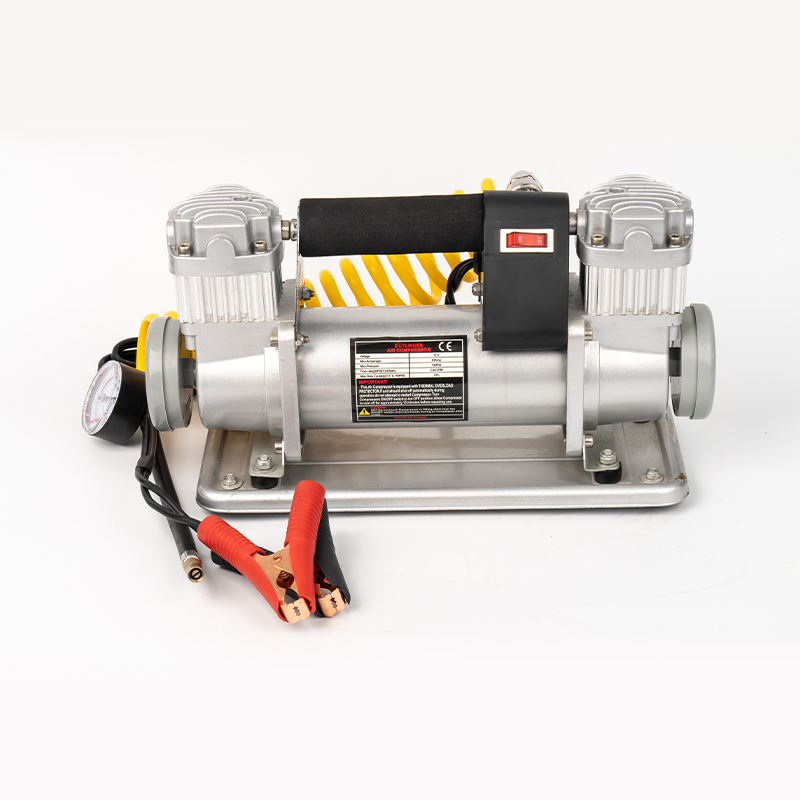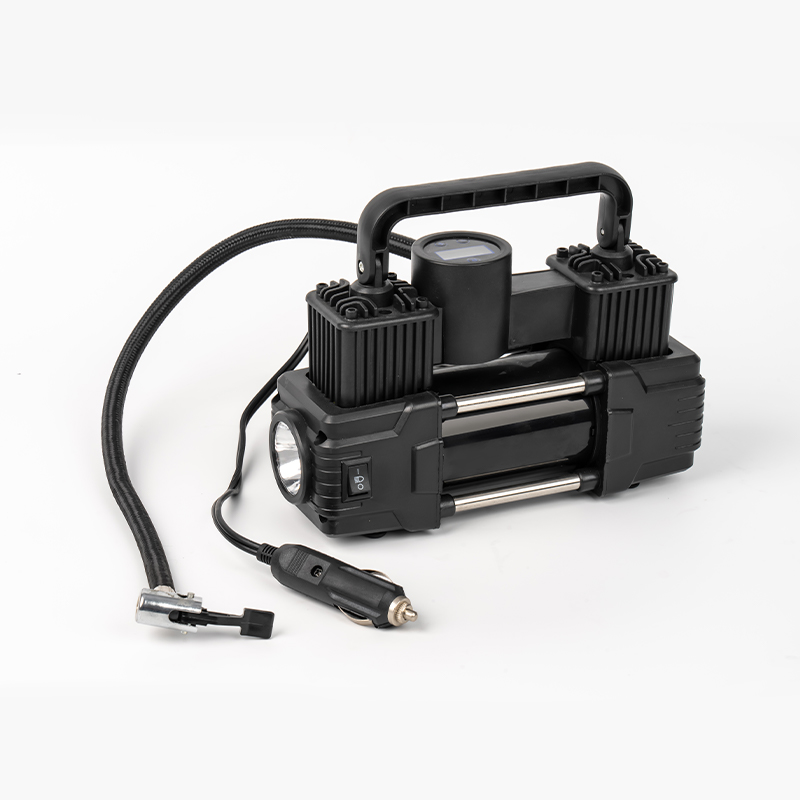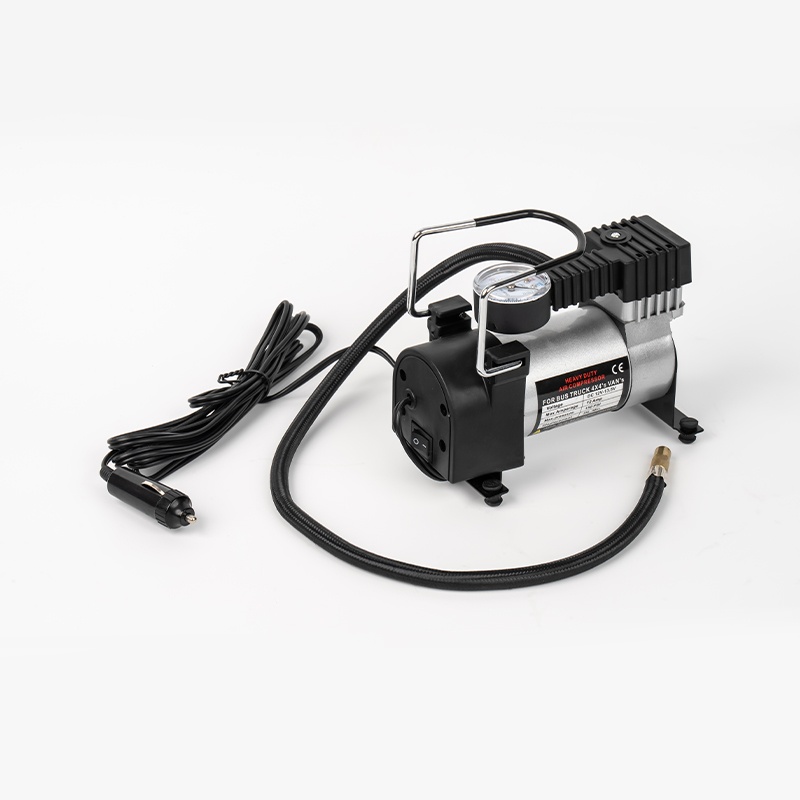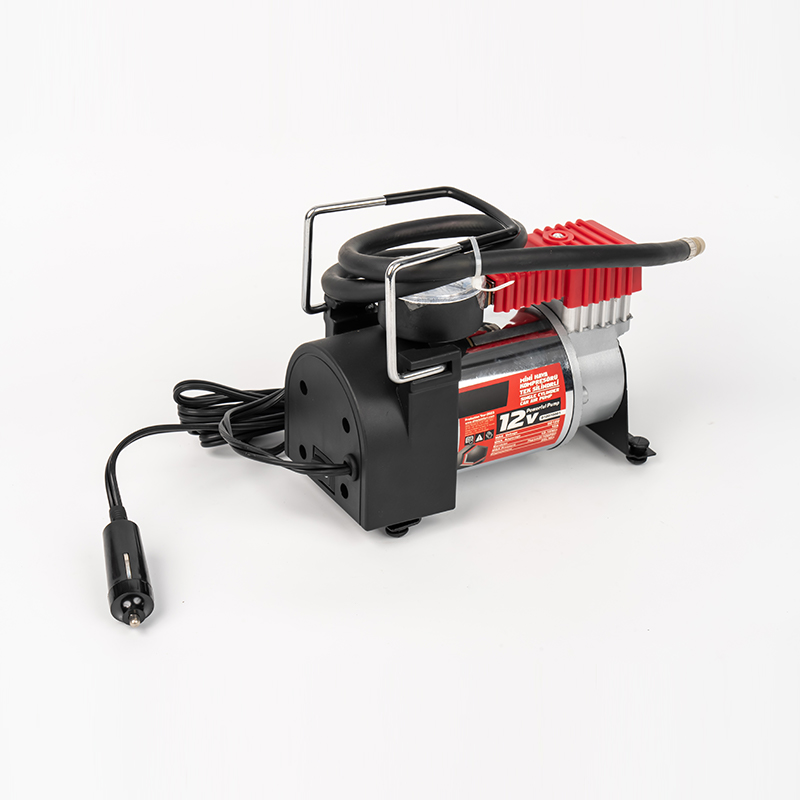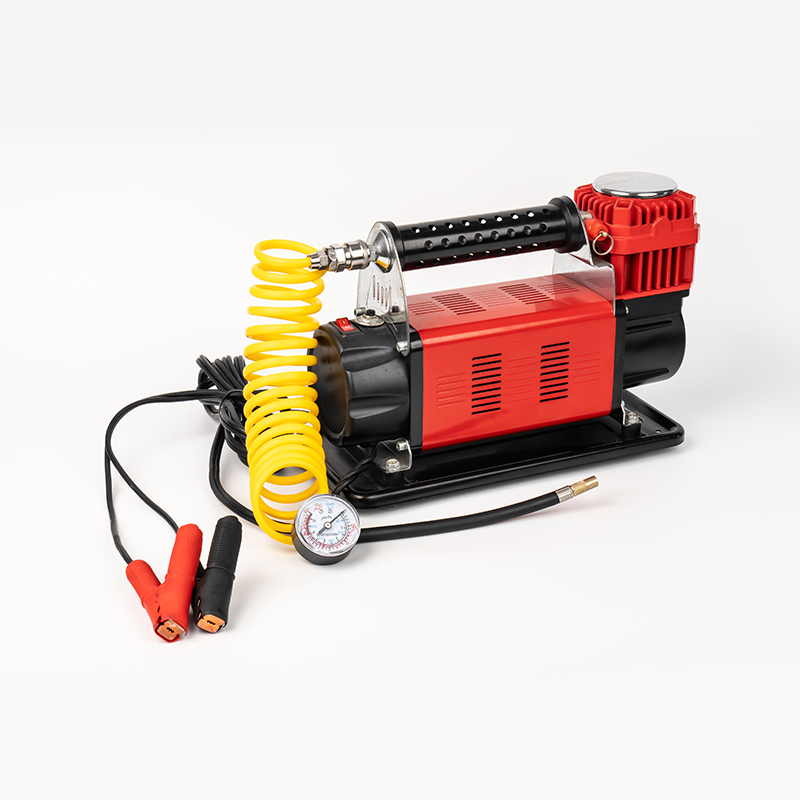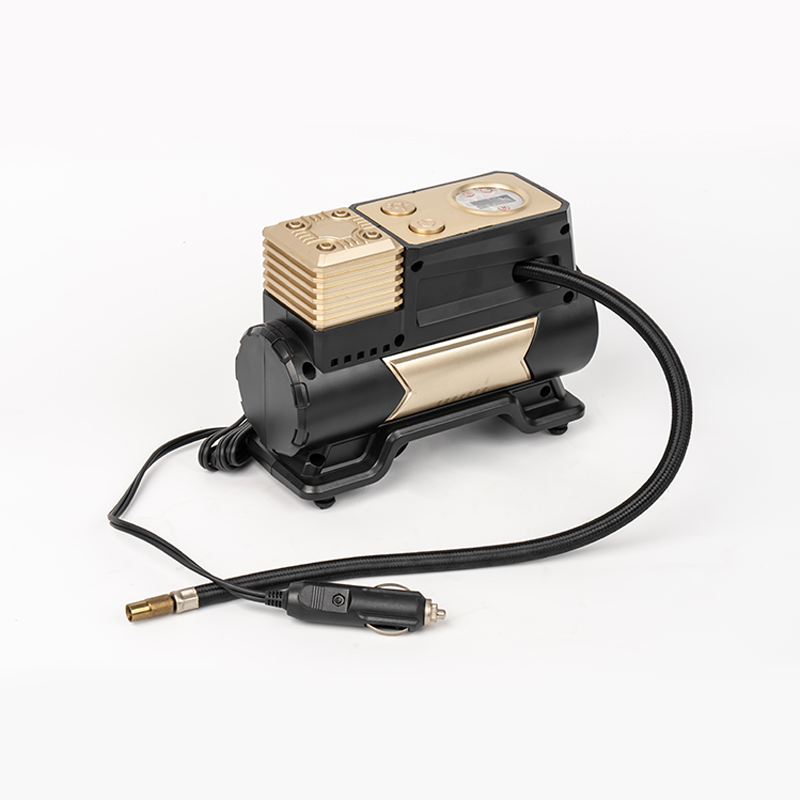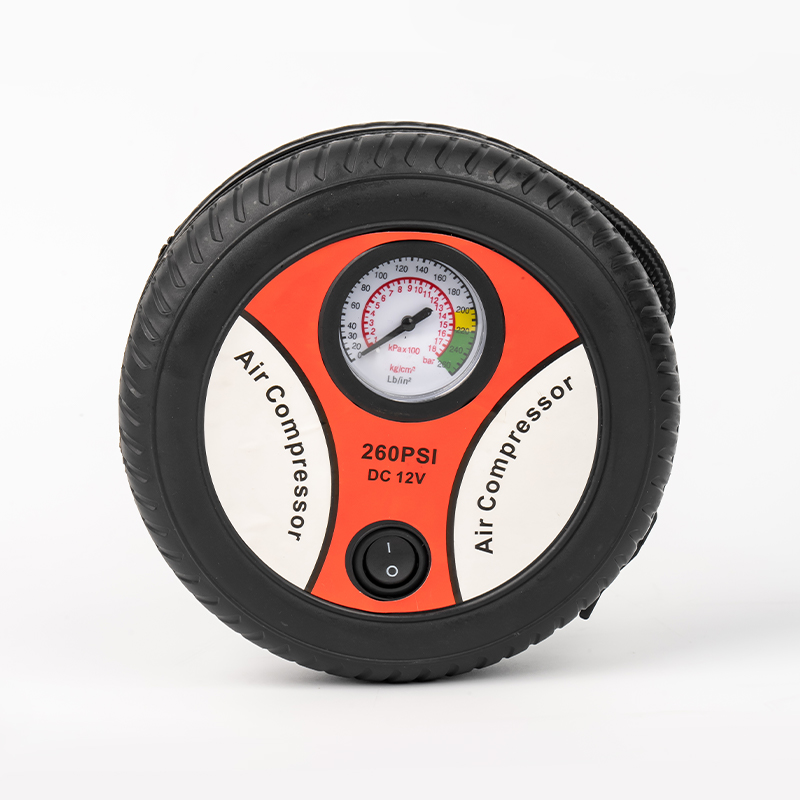When a flat tire is encountered on a highway or remote road, the core difference between professional drivers and ordinary car owners is often reflected in the choice of emergency equipment. This article will analyze the real effectiveness of the Automotive Tire Inflator in emergency scenarios based on mechanical engineering principles and road rescue practices.
1. Modern tire failure mechanism and pressure management
Among the failure modes of modern radial tires, about 63% are progressive air leakage (NHTSA data) rather than instantaneous bursting. When the tire pressure is 25% lower than the standard value (usually corresponding to 1.5-2.0psi), the sidewall support structure begins to bear non-design loads. At this time, through the digital tire pressure monitoring system (TPMS) warning, the use of the vehicle-mounted air pump to restore the standard tire pressure within 3 minutes (usually 32-35psi for passenger cars) can effectively avoid:
The risk of rubber layer and cord layer peeling is reduced by 87%
The probability of wheel hub deformation is reduced by 92%
The possibility of sidewall rupture is reduced by 76%
II. Technical specifications of professional-grade air pumps
Core parameters that high-quality air pumps should have:
Working pressure range: 0-150psi (covering cars/SUVs/light trucks)
Cycle cycle: continuous operation ≤15 minutes (in compliance with IP54 protection standards)
Bimetallic heat sink: ensure that the motor temperature is ≤80℃
Digital preset function: ±0.5psi precision adjustment
Emergency lighting system: ≥200 lumens LED light source
III. Comparative analysis of three typical emergency scenarios
Emergency method Average time Success rate Secondary risk rate
Air pump refilling 6.8 minutes 94% 5%
Replace spare tire 32 minutes 68% 27%
Waiting for road rescue 91 minutes 100% 12%
IV. Operational specifications and engineering verification
Experiments by the Department of Mechanical Engineering at the Massachusetts Institute of Technology show that following the correct operating procedures can increase inflation efficiency by 40%:
Start the vehicle engine to maintain a voltage above 13.6V
Pre-clean the nozzle (reduce 90% of airtight failures)
Inflate in stages (continuous inflation at 0-20psi, pulse mode after 20psi)
Immediately drive ≥2 kilometers after inflation to evenly distribute the sealant
V. Technical boundaries and applicable conditions
The physical limitations of the inflation pump need to be clarified:
• Effective repair aperture: ≤6mm (radial damage)
• Inapplicable scenarios: sidewall penetration, cord breakage, wheel hub out of roundness
• Ambient temperature limit: -20℃ to 50℃ (determined by electrolyte characteristics)
Empirical case: In the 2023 Utah desert road test, the test vehicle equipped with a digital inflation pump maintained a speed of 80km/h and continued to drive 87 kilometers to the repair station after simulating a nail puncture and air leakage, and the tire structural integrity was certified by 3D laser detection.

 English
English Español
Español عربى
عربى Türk
Türk
